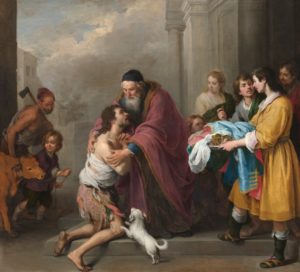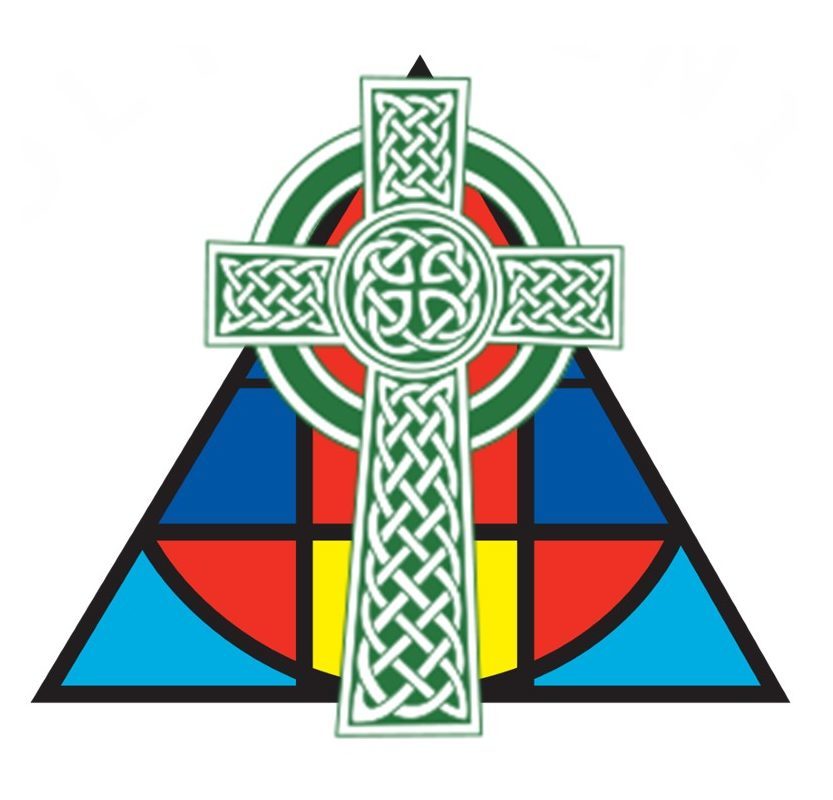 "Return of the Prodigal Son," Bartolomé Esteban Murillo
"Return of the Prodigal Son," Bartolomé Esteban Murillo
Lent begins with the invitation of the prophet Joel, “Even now, says the LORD, return to me with your whole heart” (Joel 2:12). This Lenten invitation begs a question — what does it mean to return to the Lord?
Jesus gives a profound answer in the parable of the prodigal son that he tells the scribes and Pharisees who complained that he welcomed sinners and ate freely with them. The return of sinners to the loving embrace of God was the divine reason for Jesus’ mission. Jesus’ entire life revealed, in one way or another, the loving mercy of his heavenly Father.
The seventeenth century Spanish Baroque painter, Bartolomé Esteban Murillo, delivers an evocative visual homily to accompany our Lenten journeys through this familiar Gospel parable. In a simultaneous narrative, Murillo places in his masterpiece titled “The Return of the Prodigal Son” all the elements of the parable to inspire our Lenten return to the Lord with our whole heart, mind, and soul.
Reading the painting from left to right, we see on the left a young boy leading a calf with a man holding an ax. They will prepare a lavish family feast to celebrate the return of their long-lost son. On the right, a steward in bright yellow holds a tray with fine clothes, sandals, and a ring, symbols of the restored dignity of the prodigal son. In the outer right doorway, the older son looks intently at the scene with displeasure. He is blind to the in-breaking of divine grace that returned his younger brother to the family.
At the center of the composition, the prodigal son and his father are locked in a tender embrace evoking the heart of Christian faith — God is love! The son kneels before his father, his eyes raised in hope and his hands begging for mercy. His clothes are torn and tattered, and his feet are smeared with mud. He symbolizes humanity, separated from God in self-seeking sin and pride.
The father stoops down to embrace his returning son with wrinkled hands, warmed by golden light, that convey his tender mercy and forgiveness as he rejoices saying, “this son of mine was dead, and has come to life again; he was lost and has been found.” Finally, jumping up to greet his returning master is the family pet, a little white dog, a symbol of fidelity and devotion.
Jesus continues to eat and drink with sinners. We who are sinners begin each Eucharist by acknowledging our sinfulness. Asking the prayers of Mary, Mother of God, the angels and the saints, and our brothers and sisters we pray, “I confess to Almighty God. ...” Then we beg humbly for God’s forgiveness as we pray, “Lord, have mercy, Christ, have mercy, Lord, have mercy.” Each time we pray these words we are welcomed back to the table of the Lord with the tender embrace of a loving father, who rejoices to see his children return to new life again.
